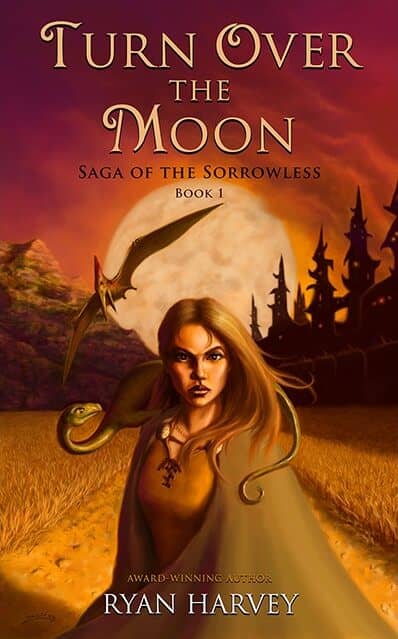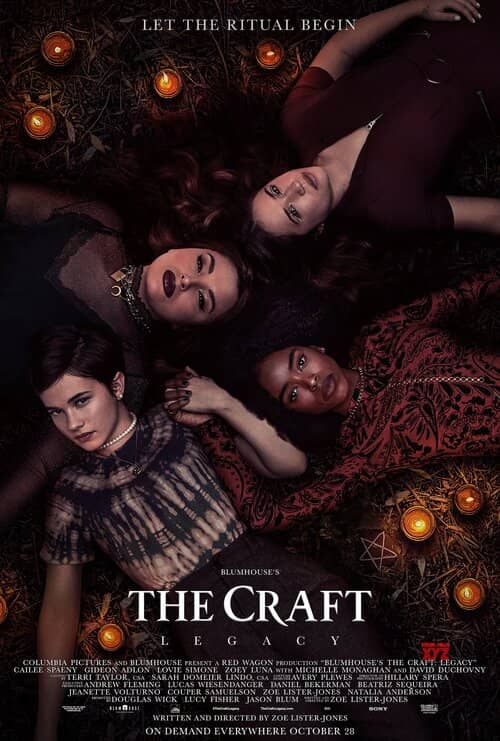What I’m Watching: 2020
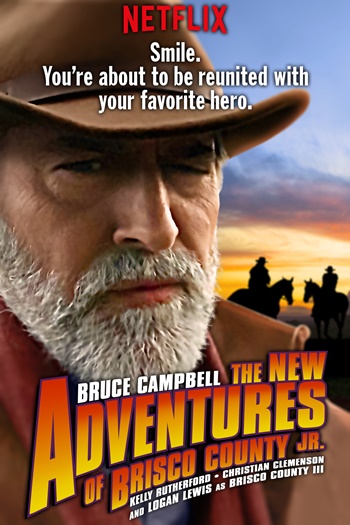
For a couple reasons (none of them good), 2020 has given me the opportunity to watch a lot of video. Of course, I could have done more writing, but we all make our choices… I revisited several favorites, and added a few new shows into the mix. So, let’s look at some of them.
The Adventures of Brisco County Jr.
This was my all-time favorite TV show for years; finally dropping to number two behind Justified. It was very hyped by Fox and aired back-to-back with the also new X-Files. For some reason, the network stuck it on Friday night, which was a death slot. It was canceled after only one season. Which is a TV tragedy.
A mix of Indiana Jones, Westerns, and sci-fi, it intentionally recreated the feel of the old Flash Gordon serials. Each episode had a cliffhanger going into commercial breaks. For most of its run, Brisco pursued the gang that killed his father, a famed lawman. And that was interwoven with a mysterious orb from the future. There were also a ton of in-gags on ‘The coming thing,’ such as blue jeans, drive-thru windows, Dunkin Donuts, and many more.
Bruce Campbell Jr. was perfectly cast, and the rest of the regulars, including Kelly Rutherford (who wonderfully channeled Lauren Bacall from To Have and Have Not), the terrific Julius Carry as rival bounty hunter Lord Bowler, and absent-minded professor John Astin. Honestly – there’s nothing about this show that I don’t like. They wrapped up the master plot late in the season, and they would have come up with something new for season two. But the ratings continued to drop, and rather than hang on, or give it a better time slot, Fox pulled the plug.
For years, I hoped their would be a reunion TV movie, which was ‘a thing’ back before streaming series came around. Then, Julius Carry sadly passed. I can’t imagine this show without him. But there’s almost nothing I don’t like about this show. There were a couple episodes that were a bit flat (including the two-part finale), but they’re still worth watching.

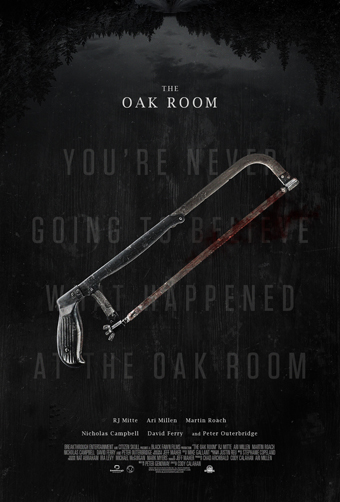 Film noir’s usually thought of as an urban genre. Its standard setting is the mean streets down which a man must go who is not himself mean. But a city’s not necessary; the Criterion Channel recently hosted a collection of Western Noir, films like Rancho Notorious and The Walking Hills. The ingredients for noir — violence, criminality, a morally bleak world — can be brought together anywhere.
Film noir’s usually thought of as an urban genre. Its standard setting is the mean streets down which a man must go who is not himself mean. But a city’s not necessary; the Criterion Channel recently hosted a collection of Western Noir, films like Rancho Notorious and The Walking Hills. The ingredients for noir — violence, criminality, a morally bleak world — can be brought together anywhere.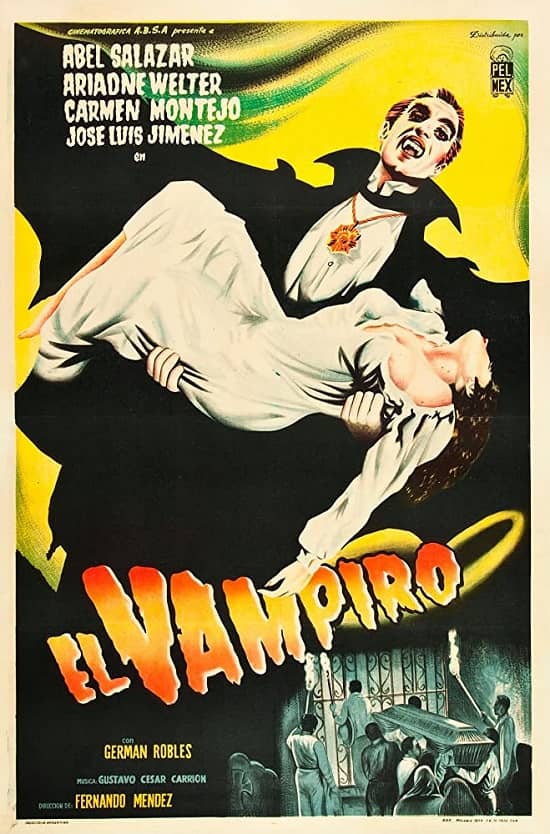
 The Western’s an American genre in origin, but Europeans from Sergio Leone to Charlier and Moebius have done interesting work in the form. Usually, though, European Westerns follow American heroes. That is, the European creators are still telling American stories. Savage State (L’État Sauvage), a Western from French writer/director David Perrault, does something different, following a French family trying to get out of the American South during the Civil War. It’s a nice idea. Unfortunately, the execution’s lacking.
The Western’s an American genre in origin, but Europeans from Sergio Leone to Charlier and Moebius have done interesting work in the form. Usually, though, European Westerns follow American heroes. That is, the European creators are still telling American stories. Savage State (L’État Sauvage), a Western from French writer/director David Perrault, does something different, following a French family trying to get out of the American South during the Civil War. It’s a nice idea. Unfortunately, the execution’s lacking.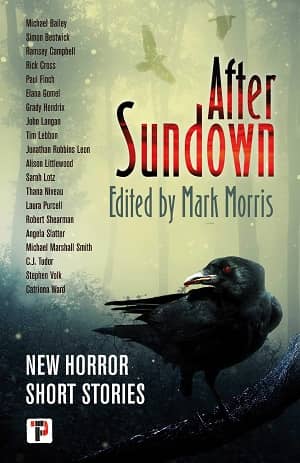
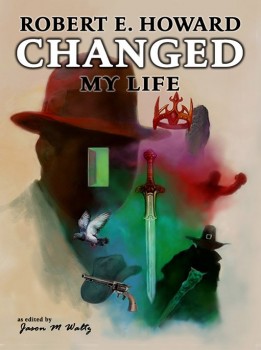
 Every story’s got a genre, even if the story’s the sole example of its genre, so by extension a lot of stories use genre conventions and trust that the audience will accept them even if they’re unlikely or unbelievable. Often the audience does, especially when the conventions are so common they don’t register as conventions. But a story usually works better the more it can justify its conventions. Especially when the justification, and the convention, work with the story’s theme.
Every story’s got a genre, even if the story’s the sole example of its genre, so by extension a lot of stories use genre conventions and trust that the audience will accept them even if they’re unlikely or unbelievable. Often the audience does, especially when the conventions are so common they don’t register as conventions. But a story usually works better the more it can justify its conventions. Especially when the justification, and the convention, work with the story’s theme.